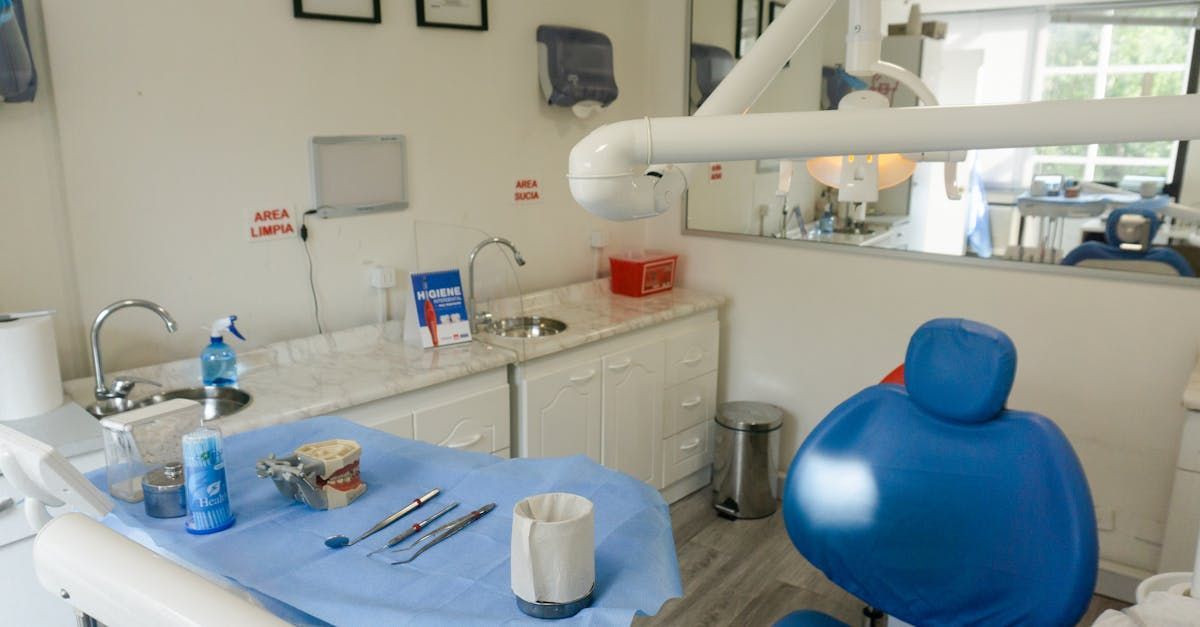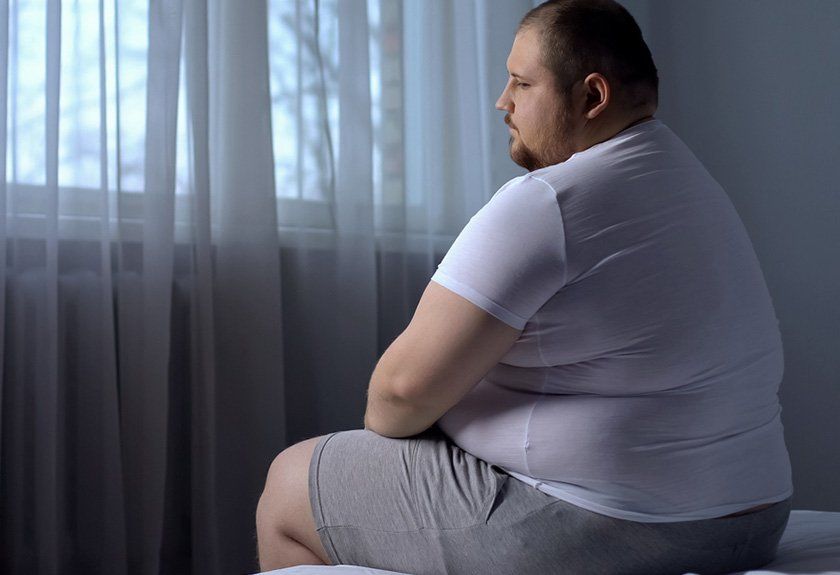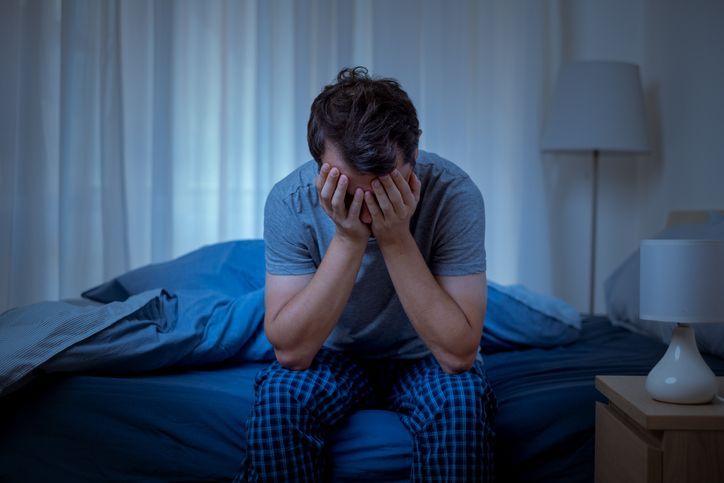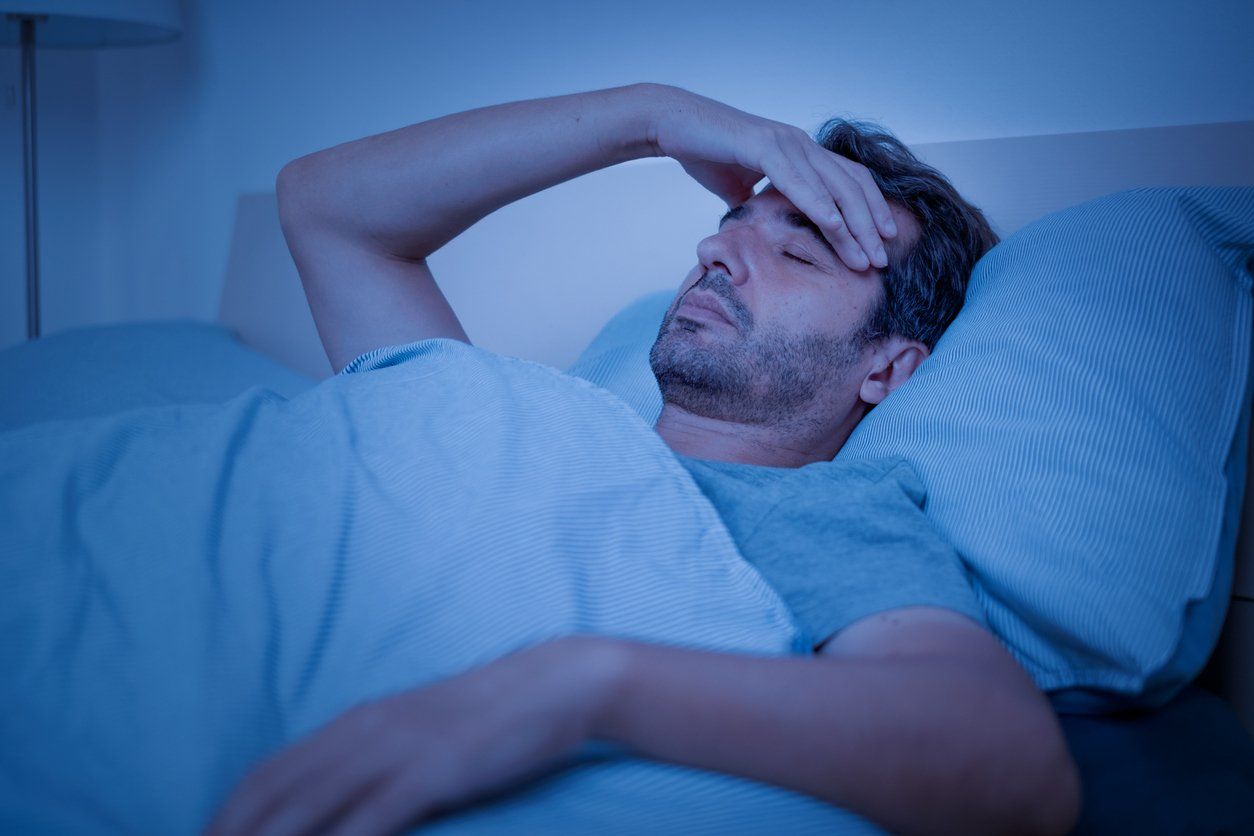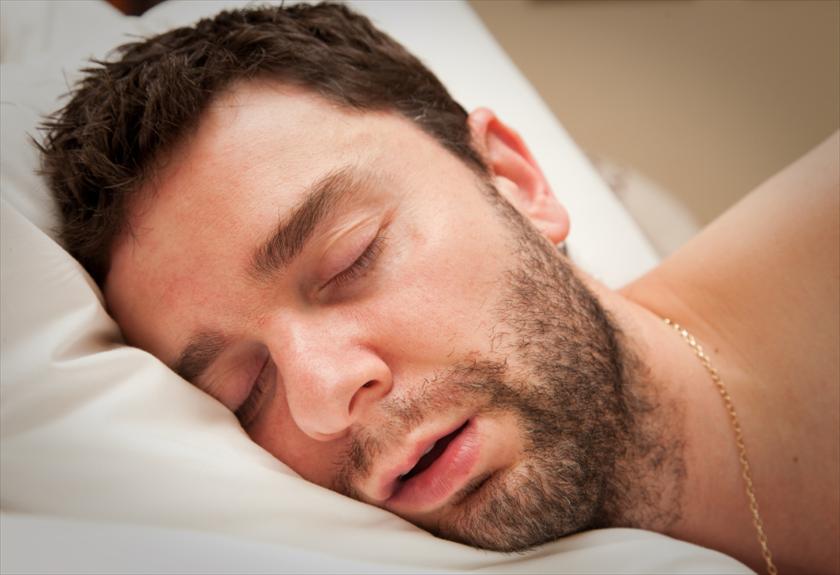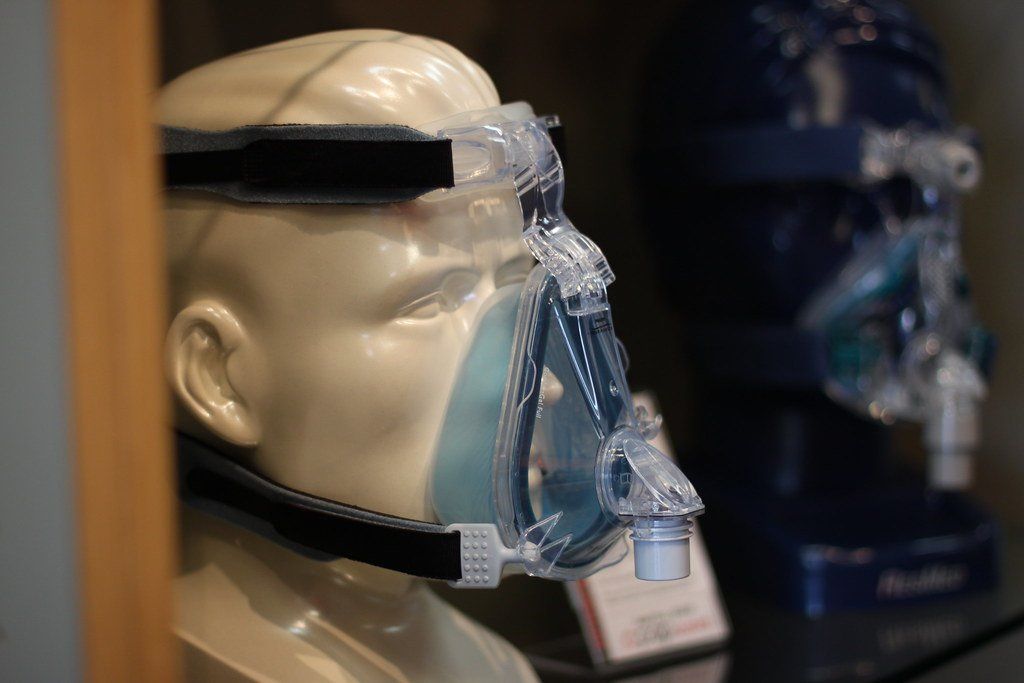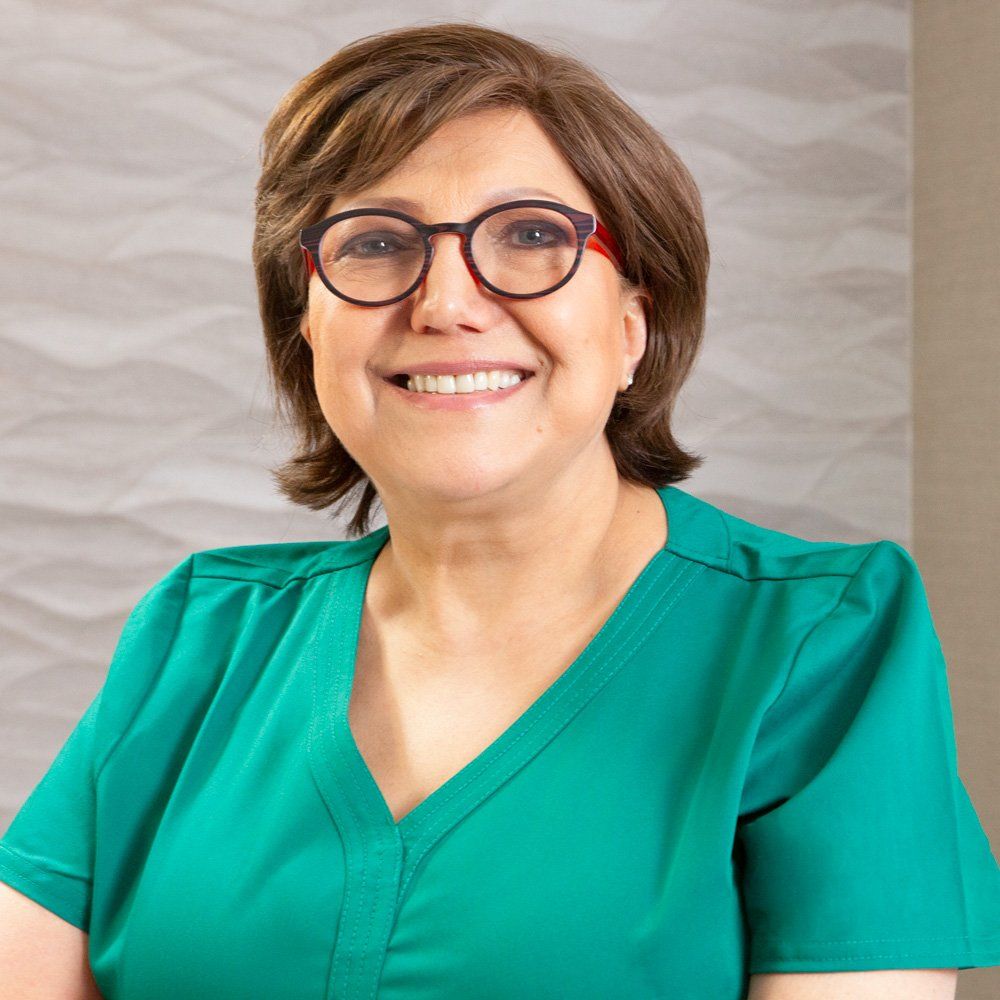5 Sleep Apnea Symptoms You Shouldn’t Ignore
Have you ever been told you snore or stop breathing in your sleep? Do you wake up gasping for air in the night?
Do you suffer from sleep apnea or suspect you might?
If you have a suspicion that your nighttime breathing is disordered, you would be very smart to get an examination and analysis of your sleep. The reason is sleep apnea, a form of sleep-disordered breathing—not only undermines a person’s health and outlook on life, it can kill them.
But before we describe the five sleep apnea symptoms you should never ignore, below is a simple explanation of what sleep apnea is and how it affects the body.
Sleep Apnea Explained
There are three different types of sleep apnea, but an overwhelming number of people suffer from obstructive sleep apnea. With obstructive sleep apnea, a sleeper is unable to breathe deeply and normally because the structures around the throat block the airway. This blockage minimally results in snoring and maximally in an all-night, gasping, choking struggle to get any air.
Watching a person with severe sleep apnea is brutal. They stop breathing for as long as a full minute while their body desperately tries to suck in a breath. Finally, with a choking gasp and sometimes a spasm that passes through the body, they finally take a big gulp of air followed by a few smaller ones. Their body relaxes and the process starts all over again.
Every time this person’s breathing stops, their blood oxygen concentration drops. Maybe a little. Maybe a lot. Their sleep is broken a hundred times a night. They awaken to one degree or another every time they have to struggle for breath. They never get a restful night’s sleep and wake up tired and groggy. They are sleepy throughout the day and often have trouble focusing on tasks.
Over time, this struggle and oxygen deprivation take a terrible toll on the body. The body’s endocrine and nervous systems are stressed all night when they should instead be cleansed and restored by healthful sleep. The body responds with systemic inflammation that can trigger a long list of ills.
While the effects of sleep apnea can cause an array of health issues, here are five symptoms you should be particularly alert to:
Snoring:
While moderate snoring is not intensely hazardous, it is also not ideal. The physical condition that causes you to snore is the same kind that causes sleep apnea and its associated problems. What’s important to realize is that you might think you are simply snoring when actually, you are suffering from sleep apnea. It is a good idea to get an examination from a competent dentist or sleep specialist to assess your risk for the damaging effects of sleep apnea. As snoring worsens, your risk of serious health effects increases.
Anxiety and Depression:
Anxiety and depression can make one’s life a nightmare while medications for these conditions come with strict FDA warnings of dangerous side-effects including suicidal thoughts. However, sleep apnea, which causes sleep- and oxygen-deprivation, can bring on both conditions. Treating the sleep apnea and restoring an individual’s ability to enjoy sound, restful sleep night after night greatly relieves both anxiety and depression. If you suffer from either, get tested and treated for sleep apnea.
Migraines:
As many as 25% of people with sleep apnea also suffer from migraine headaches. Treating the sleep disorder has given many people a path out of their pattern of migraine headaches. Research studies in Germany showed that sleep apnea treatment resulted in migraines becoming shorter and less intense with less medication required.
What’s more, many people struggling with sleep apnea suffer from migraine-like morning headaches that are simply the result of a buildup of carbon dioxide in the blood. When oxygen levels in the blood go down, carbon dioxide levels go up. As soon as the individual can get enough oxygen during sleep, this type of headache is eliminated.
Temporomandibular Joint (TMJ) Problems:
Studies have shown that there is a close association between sleep apnea and disorders of the temporomandibular joint. This isn’t surprising since both also have a close association with the lower jaw and how properly it is positioned. A disorder of the temporomandibular joint results in pain in the face, jaw, head or neck and a limited ability to open or shut the jaw. Proper treatment of sleep apnea can restore correct alignment in this area and relieve TMJ problems. If you are experiencing issues with your jaw, see your dentist as soon as possible to look into the possibility of having sleep apnea.
Type 2 Diabetes:
It has been proven that obstructive sleep apnea changes a person’s metabolism of glucose and promotes the development of insulin resistance. When a person develops insulin resistance, they greatly increase their risk for type 2 diabetes, heart attacks, strokes and cancers of the bladder, breast, colon, cervix, pancreas, prostate and uterus. Eliminating sleep apnea can reduce an individual’s elevated risk for these life-threatening problems.
Causes of Sleep Apnea
A person with obstructive sleep apnea, the most common type of apnea, suffers from a blockage to their airway during sleep. This occurs when the muscles in the back of the mouth relax and constrict the airway. As the muscles loosen during sleep, the person’s tongue falls to the back of the mouth, blocking the passage of air. Muscular relaxation also narrows the airway itself, meaning less air can get into the lungs even if the tongue is not blocking the entrance to the throat.
A person with a small chin or jaw or a large overbite has an increased risk for sleep apnea as they tend to have narrower airways. These structural problems occur when the bones of the face and mouth area have not fully and properly developed. A person’s diet when growing up and whether or not they were nursed for a lengthy time (developing larger muscles in the lower face) play a role in how these bones are shaped.
Other factors that contribute to sleep apnea include being overweight or having a large uvula (the fleshy tissue which resembles a punching bag in the back of your mouth), tonsils or adenoids.
There is a second type of sleep apnea called “central sleep apnea.” This occurs when the brain fails to transmit signals to the breathing muscles to take a breath. Rather than choking and gasping, the person simply doesn’t breathe for a short while. The sleeper may wake up feeling breathless or have trouble getting to sleep or staying asleep.
The third type of apnea is “complex sleep apnea syndrome,” which occurs when a person suffers from both obstructive and central sleep apnea.
Children’s Sleep Apnea
While the basic structural problems are the same for both adult and children’s sleep apnea, the symptoms and effects are somewhat different.
Children with sleep apnea suffer the same fractured, poor-quality sleep as adults. But parents can easily miss this medical problem because some of the signs of children’s sleep apnea may be wrongly identified as willfulness or attention deficit problems. These unfortunate children may be repeatedly disciplined or worse—medicated with strong stimulants—simply because they have a structural problem blocking their ability to breathe and experience restful sleep.
A parent may not realize their child suffers from sleep apnea despite their showing these signs during sleep:
- Snoring
- Going long periods without taking a breath
- Coughing or choking
- Excessive sweating at night
- Restlessness
They may simply think of their child as a restless sleeper. Actually, this child is struggling to get enough air in their lungs, all night long. The stress and inflammation created throughout the body plus the lack of restful sleep create the following difficulties for the child:
- Health problems:
- Difficulty waking up
- Bedwetting
- Heart problems
- Poor growth and weight gain
- Sleepwalking
- Behavior or school problems:
- Poor focus, can’t pay attention
- Hyperactivity
- Poor performance or application to school assignments
- Learning disorders
Conventional Remedies for Sleep Apnea
For many years, most sleep apnea solutions have focused on helping a person cope with the physical blockages and did not attempt to resolve the actual structural problems. There were two main types of treatments:
Mouthguards:
Most of these devices look similar to sports mouthguards. Both the upper and lower teeth fit into the device. The main purpose of the mouthguard is to adjust the position of the lower jaw to move it forward. This gives the tongue more room so it does not fall into the back of the throat as readily which helps the airway stay open.
CPAP Machine:
CPAP stands for Continuous Positive Airway Pressure. A CPAP device has a mask that fits over the nose or nose and mouth. The mask is connected to a pump that pushes a continuous flow of air into the mask. The pressure of this air helps keep the airway open.
Both the CPAP machine and mouthguards have a significant downside: The poor sleeper must rely on them for the rest of their lives.
The CPAP machine has other significant downsides: Many people find it extremely uncomfortable. It can also be noisy. Even though many users receive a benefit from using the machine, most abandon them because of their discomfort.
There was one other method of treatment that was used more rarely: surgery. There are different types of surgery for sleep apnea, depending on the patient’s specific situation. In most cases, a surgeon will remove tissue at the back of the throat in an attempt to let more air enter the airway. This may produce an improvement but in some cases, the improvement is short-lived. There are also repercussions, such as choking on crumbs of food or difficulty controlling one’s swallowing.
In severe situations, a doctor may perform jaw surgery to advance the lower jaw or both jaws. This may result in improvements but because of the risks inherent in any surgery, it’s usually considered a last resort.
But now, there is a non-surgical solution for sleep apnea that offers both recovery from this sleep disorder and permanent freedom from CPAP machines and mouthguards.
The Vivos Solution—a Breakthrough for Treating Sleep Apnea
A revolutionary new system of treatment is now available for sleep apnea from Breath of Life Dental. It is Oral Appliance Therapy centered around the Vivos-brand oral appliance. Both children and adults can recover from obstructive sleep apnea without having to wear a pump strapped to their face or undergo surgery.
The Vivos oral appliance, which resembles a high-tech retainer, gradually adjusts the shape and spacing of the bones around the mouth until they reach a more ideal shape to keep the airway open. The device should be worn 16 hours a day, which means that students or employees can skip wearing it during school or office hours.
Even fully-matured adults can experience growth and adjustment to their skeletal structure. For instance, the shape of the upper and lower jaws may become more rounded and less angular or the hard palate may drop to a more normal position making it easier to breathe through the nose. The jaws can even become wider. A patient’s profile often takes on a more balanced and desirable shape as the lower jaw changes shape and position.
When treatment is complete, the structure of the mouth, jaws and airway are greatly improved, meaning that an optimum airway can be maintained during both waking and sleeping hours without the appliance. The daytime sleepiness, fatigue, migraines and snoring that normally result from apnea can finally be a thing of the past. And the long-term damaging—if not deadly—effects of apnea can be prevented.
Watch Scott’s story on how the Vivos appliance restored his quality of life.
Find Out More at a Free Workshop
If you would like to learn more about this subject, please contact Breath of Life Dental to find out about the next educational workshop on sleep apnea and how it can be remedied. Register for the next workshop by calling
(301) 818-2653. Or you can email Breath of Life Dental at
info@breathoflifeteam.com
or use this link to our website.
Schedule a Consultation
You may also request a personal consultation with Maryam Seifi, the founder of Breath of Life Dental, a world-class dentist and a Diplomate of the American Sleep and Breathing Academy. Call
(301) 818-2653 to schedule an appointment or submit a request online.
